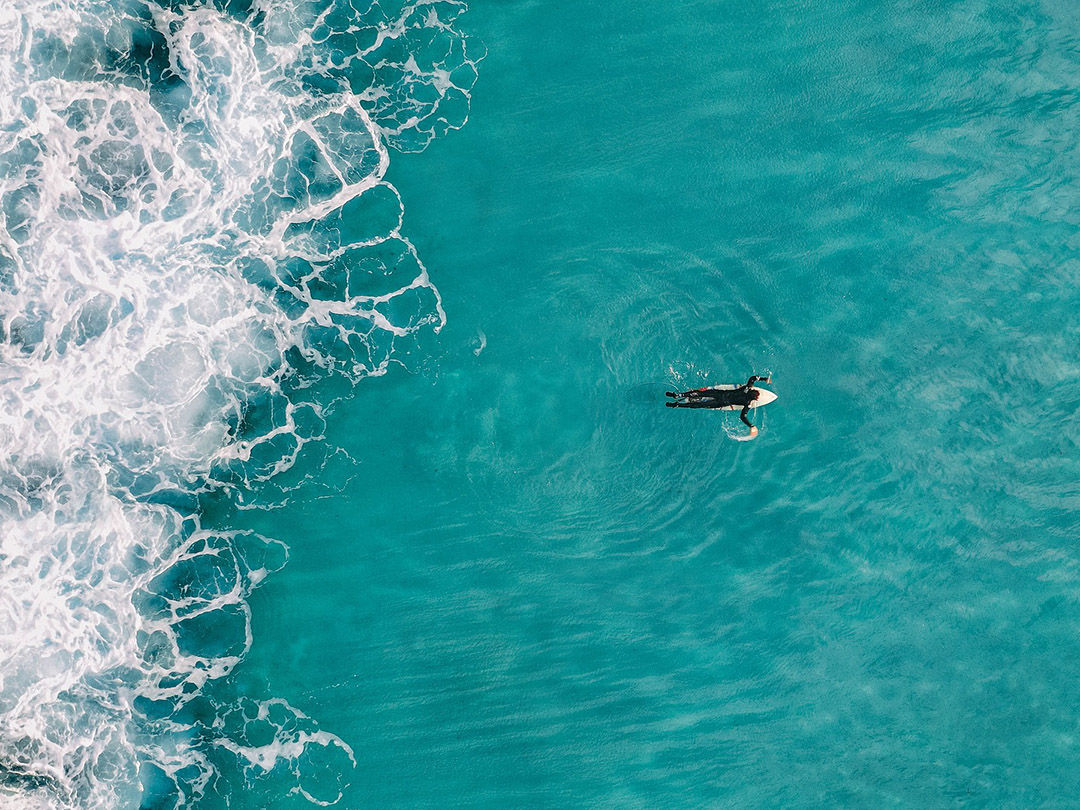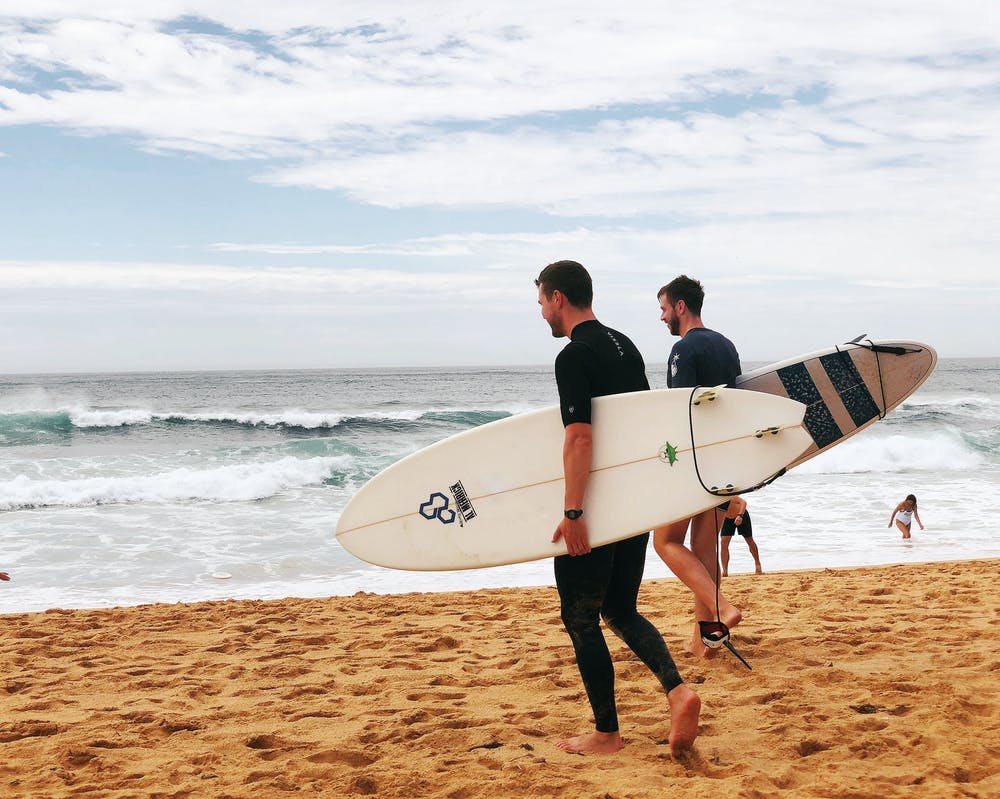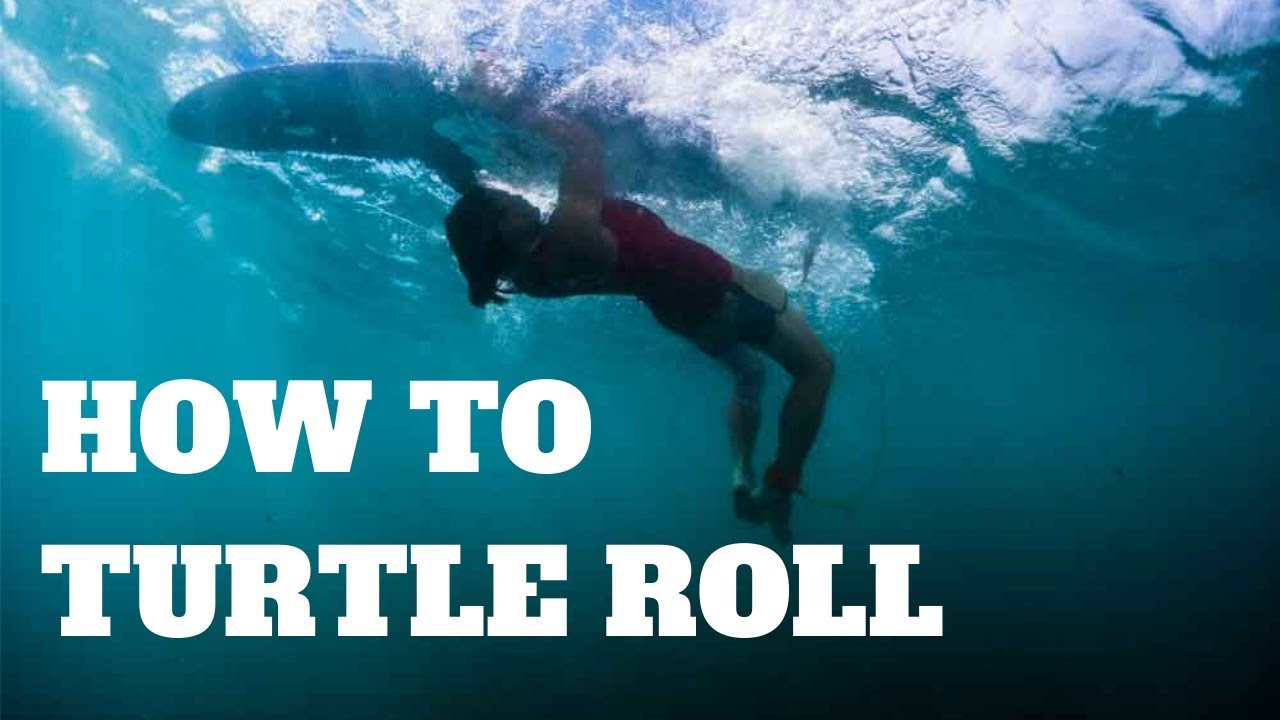The best rowing workout in surfing is, ironically, more rowing…
However, what if you are far from the ocean? Or no waves? No time? Or is it just where you live, it’s fucking cold? How to work on rowing if there is simply nowhere to surf?
In order for the muscles away from the ocean not to wean themselves from the powerful load during rowing, you need to focus on special exercises that will help maintain and even add strength to the arms and back. If you follow the tips below and work on yourself, the next time you come on a surf trip you will be surprised how easy it is to paddle!
So, here are some tips to help you move in the right direction:
1. Swim! Go to the pool! Swim a lot, because while swimming, if not all the muscles we need while rowing on a surfboard work, then at least most of them. According to statistics collected among new surfers, rowing on the lineup was easiest for those who swim regularly.
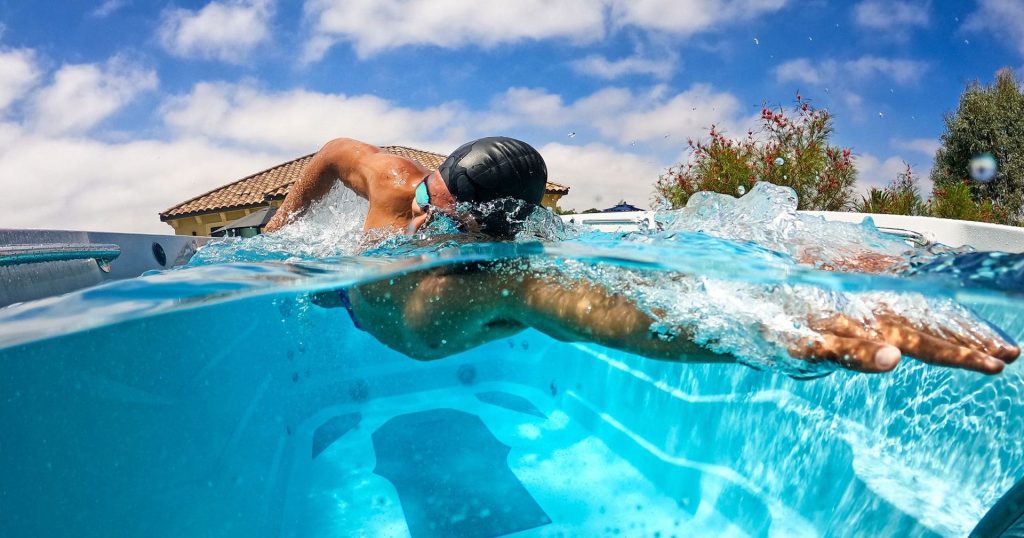
2. To pump exactly the muscles that we need in the pool, take a kolobashka (a special thing for swimming), put it under your chest and, arching in your back, row like you are on a board. You can also use this exercise: alternately do 10 calm strokes, and then 10 as powerful and fast as possible. This will teach the muscles to quickly switch from quiet mode to full power, which will help you catch waves more easily.
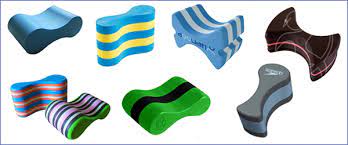
3. In the gym, focus on pumping the following muscles: the latissimus dorsi, rhomboid, trapezium, triceps and deltas, and also do not forget about the muscle group called the rotator cuff.
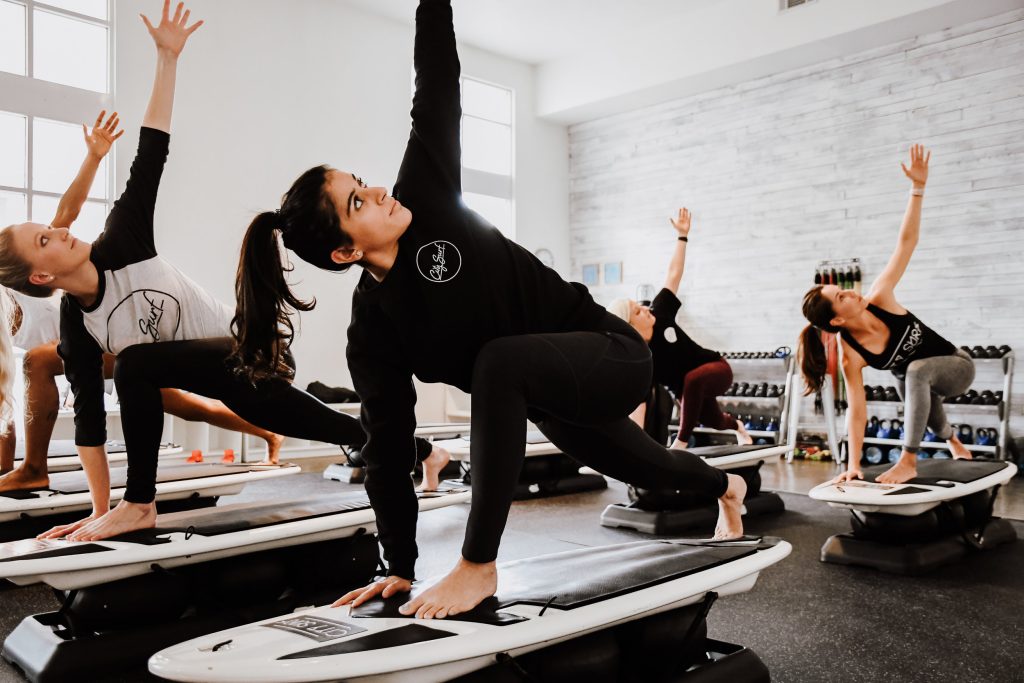
4. Work with your own body weight or light weights.
5. Incorporate both high rep exercises to build endurance and plyometric exercises to build explosive power into your gym routine.

6. Don’t forget about exercises that are similar to rowing, such as the rowing machine, or use blocks (as in the photo above). You can also lie down on a bench in a pose like on a board and row with light dumbbells (no more than 2 kg) until it stops.
7. Regularly stand in the bar for at least one minute.
8. Use alternative methods that can increase the strength of the arms and back. For example, take up boxing or bouldering (rock climbing).

9. To relieve excessive tension, stretch the triceps, pectoral muscles, as well as the muscles of the neck (not only the trapezium, but also the sternocleidomastoid and scalene muscles).
10. Don’t forget to let your muscles recover. Get massages, get rid of muscle triggers, take rest days.
We hope these tips will help you get ready for your next wave trip and allow you to surf tirelessly for hours on end!

